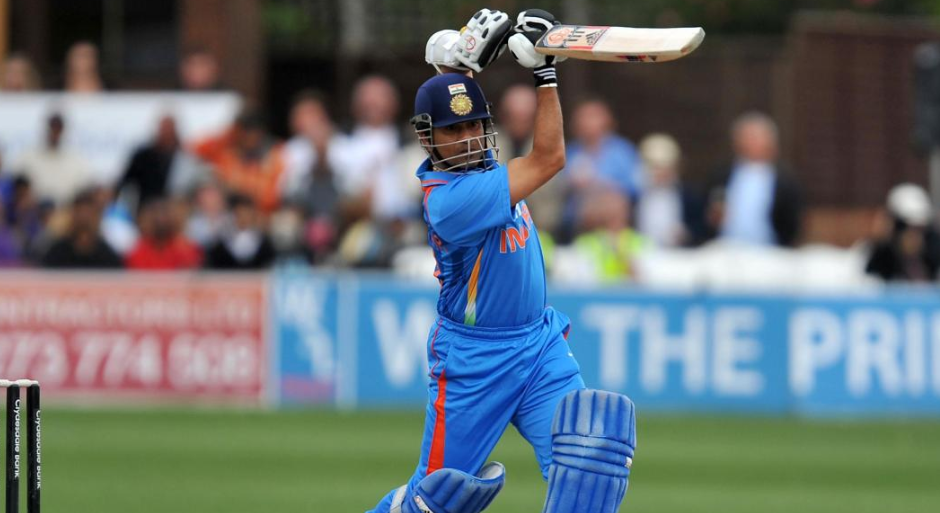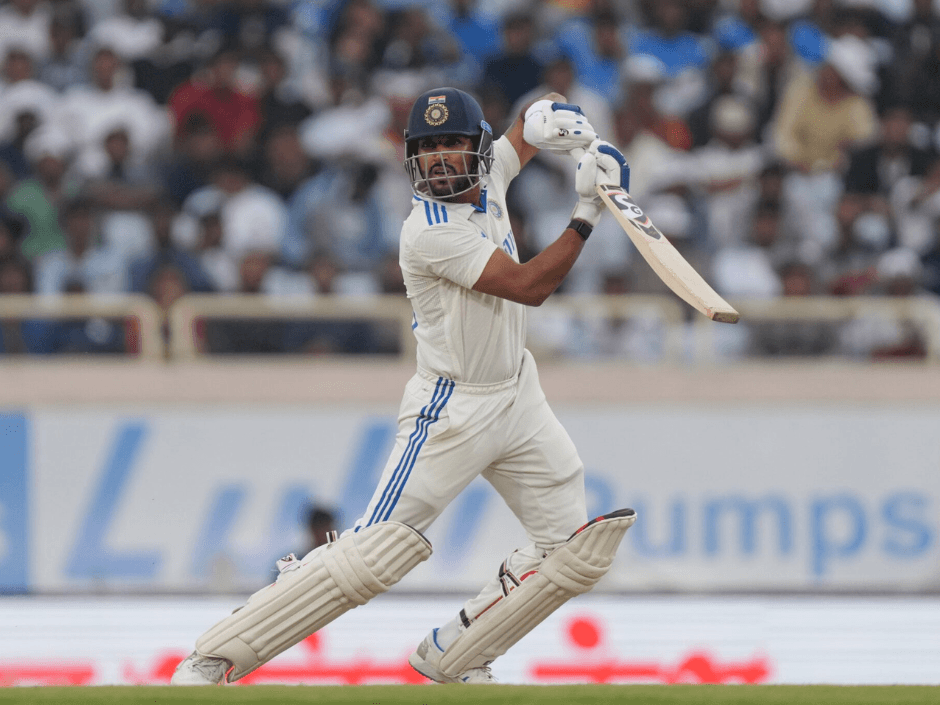In a country as vast and diverse as India, finding something that unites over a billion people seems impossible — until you look at cricket. What began as a colonial pastime has transformed into a shared national passion, an emotional thread that runs through every lane, city, and village. But how did cricket evolve from a sport into a cultural phenomenon that commands devotion on par with religion?
The Colonial Seed and National Identity
Cricket arrived in India with the British in the 18th century. Initially an exclusive game played within the elite circles of colonial officers, it slowly found its way into Indian communities. The first Indian cricket club, the Oriental Cricket Club, was formed in 1848 by Parsis in Bombay.
What started as imitation soon turned into assertion. Playing the Englishman’s game — and excelling at it — became an act of reclaiming identity and pride. When India won its first Test series against England in 1952, it symbolized more than victory on the field; it was a triumph of self-worth for a newly independent nation.
The 1983 World Cup: The Birth of a National Obsession
If cricket was India’s passion before 1983, that year transformed it into an obsession. When Kapil Dev lifted the World Cup at Lord’s, it wasn’t just a trophy — it was a dream realized. For millions of Indians, the victory blurred boundaries of class and language. From the narrow alleys of Mumbai to the paddy fields of Kerala, the entire country erupted in joy.
This win changed everything. It turned cricketers into demigods and inspired generations of young Indians to believe that the impossible was possible — not just in sport, but in life.
The Sachin Era: A God Among Men
Then came Sachin Tendulkar — the man who would redefine what cricket meant to India. Every time he walked to the crease, an entire nation paused. His cover drives weren’t just strokes of genius; they were moments of collective emotion.
For more than two decades, Tendulkar carried the hopes of a billion people. His humility, consistency, and brilliance made him not just a sportsman, but a symbol of aspiration — proof that devotion and discipline could transcend barriers.
Media, Money, and the Modern Pilgrimage
With the economic liberalization of the 1990s came a media explosion — and cricket was its biggest beneficiary. Cable television, sponsorships, and advertisements turned cricketers into household names and multi-millionaires.
Then came the Indian Premier League (IPL) in 2008 — a dazzling fusion of sport, entertainment, and business. Suddenly, cricket wasn’t confined to five-day Tests or ODI marathons; it became prime-time drama. Every evening during IPL season felt like a festival — families gathered, debates erupted, and loyalties were sworn to city franchises instead of national teams.
Unity Through Devotion
Unlike politics or religion, cricket doesn’t divide; it unites. A six from Virat Kohli, a wicket by Jasprit Bumrah, or a last-ball thriller can make strangers embrace in joy. It’s this emotional universality — cutting across caste, class, and creed — that makes cricket sacred in India.
In many ways, it mirrors the essence of Indian spirituality: passion, belief, and devotion, all converging toward a single pursuit — victory, not just of the team, but of collective spirit.
The Faith That Keeps Evolving
Cricket in India isn’t merely a sport. It’s emotion, identity, and celebration. It’s the sound of kids playing on dusty streets, of millions cheering in front of screens, of generations finding common ground in a single game.


